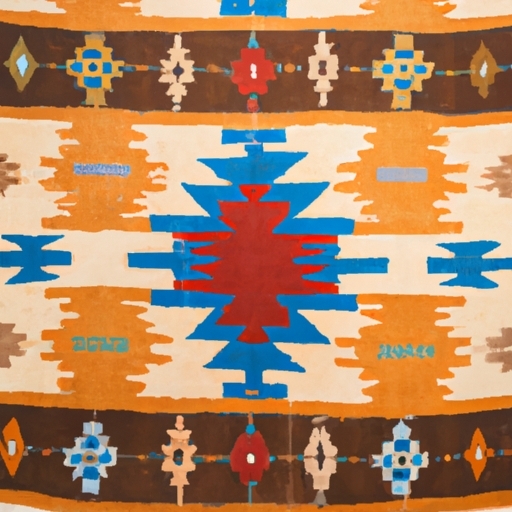
Before we dive into the remarkable achievements of Charles Curtis, the only Native American to serve as Vice President of the United States, let's take a moment to explore his early life and upbringing.
Charles Curtis was born on January 25, 1860 in North Topeka, Kansas to a Kansa mother and a European American father. Growing up in a diverse household, Curtis had a unique perspective on both Native American and Western cultures. He was raised by his maternal grandparents after his mother passed away when he was just three years old. This early loss undoubtedly shaped his character and instilled in him a sense of resilience and determination.
Despite facing discrimination and hardship due to his mixed heritage, Curtis excelled academically and went on to study law at Topeka High School. He quickly rose through the ranks of local politics, eventually becoming a member of the U.S. House of Representatives and later serving as Senator for Kansas.
Curtis' background as a Native American played a significant role in shaping his political career. Throughout his tenure in office, he advocated for Indigenous rights and worked tirelessly to improve conditions for Native American communities across the country.
In conclusion, Charles Curtis' early life and upbringing provided him with a unique perspective that guided him throughout his political career. His experiences as a Native American undoubtedly influenced his policies and advocacy work, making him an important figure in U.S. history.